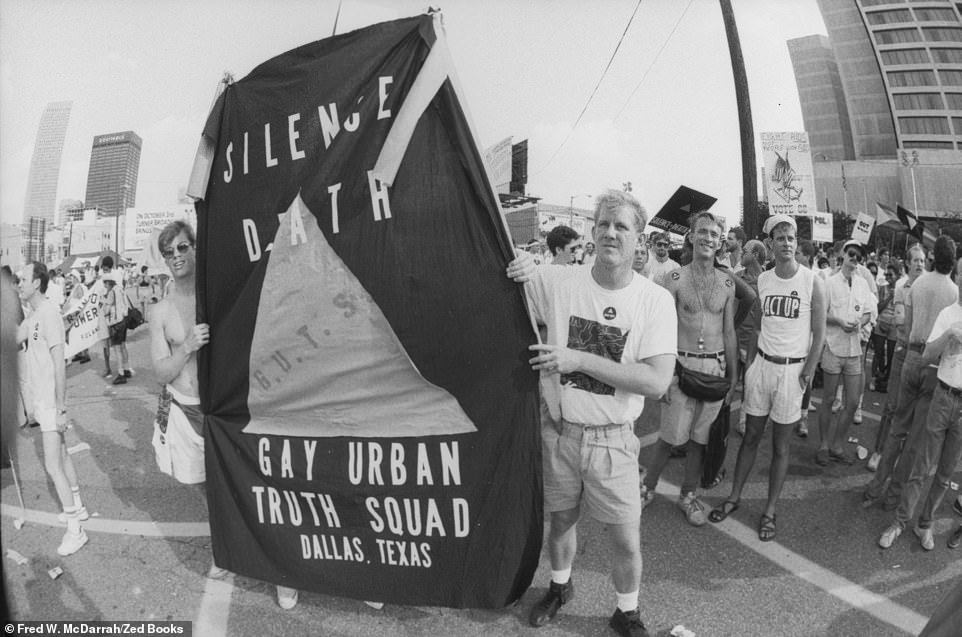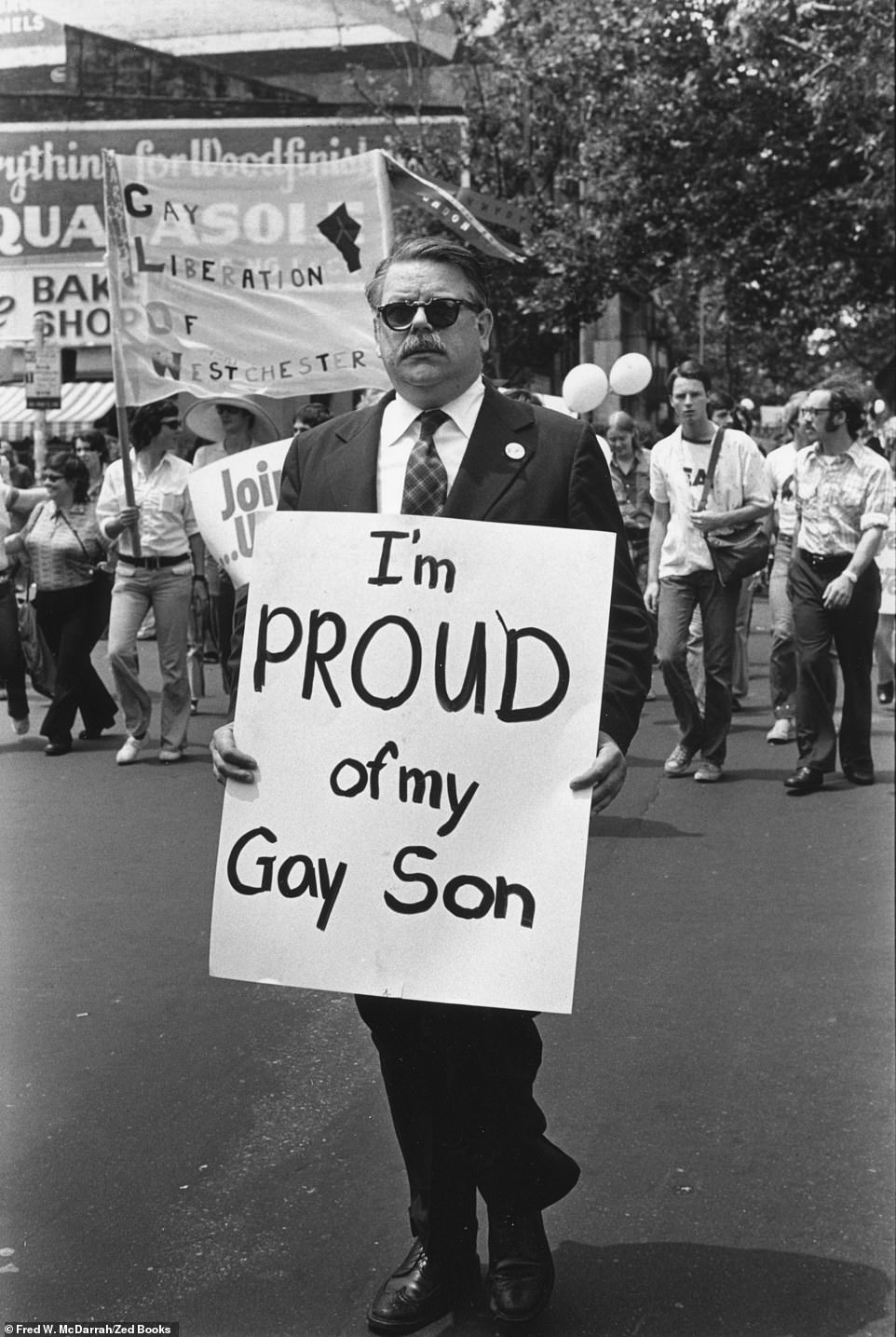These historical photos serve as a great reminder of how far pride and the LGBT+ rights movement, in general, has progressed.
It’s been 51 years since the Stonewall riots, which was the catalyst for the LGBT+ pride parades that currently take place all over the world. Some of these photos are from Dublin’s very first pride parade in 1983.
The parade took place in June and was organised by the National LGBT Federation, but the first large scale LGBT+ protest in Ireland occurred earlier that year in March. It was sparked by the murder of Declan Flynn, who had been killed in Fairview Park – a common meeting spot for queer men at the time.

200 people showed up for Dublin’s first pride. Protesters marched from Stephen’s Green up to the GPO. Since then, Dublin’s pride parade has only grown.

Flyers like the one above were distributed to inform members of the LGBT+ community that this wasn’t just a one-day event. They had a whole host of events laid out for ‘Gay Pride Week 83’.
While the march itself took place on a Saturday, the week began with the unveiling of the “pink triangle”. The pink triangle is a symbol which has its origins in the Holocaust. Queer men sent to concentration camps were made to wear them. The image was later reclaimed by LGBT+ rights activists, like the Gay Urban Truth Squad of Dallas pictured below.

Despite the first Dublin pride parade taking place in 1983, homosexuality wouldn’t be decriminalised for another ten years. These photos of Dublin pride provide a glimpse of the brave people who were out and proud at the time.

In many parts of the United States however, homosexuality would remain criminalised for yet another ten years – it took until 2003 for it to no longer be a crime in any US state. In spite of those circumstances, many activists had to amplify their voice – particularly as the AIDS crisis worsened in the 1980s.

In the above photo, New York police drag a member of the AIDS Coalition to Unleash Power group, also known as ACT UP. The group fight to end the AIDS pandemic and improve the lives of people with AIDS through direct action.

In 1993, hundreds of quilts were laid out in front of the Washington Monument. Each quilt was made up of various panels sown in memory of someone who had lost their life due to the AIDS crisis.

Along with ACT UP, another group fighting against a system that was ignoring them was STAR, the Street Transvestites Action Revolutionaries. The group was established by LGBT+ icons Marsha P Johnson and Sylvia Rivera.

STAR were banned from marching in New York’s pride parade in 1973 for giving it a “bad name”. However, Johnson (pictured above) and Rivera were not about to let that stand, and their response was to march at the front of the parade.

And of course, LGBT+ rights were also pushed forward by allies, like the Parents and Friends of Lesbians and Gays group. One of its founders, Dick Ashworth – as seen above – would march in pride parades. Unfortunately, two of his sons, Eric and Tucker, would die of AIDS-related illnesses.

Pride was originally celebrated in New York under the name ‘Christopher Street Liberation Day’, in reference to the street where the Stonewall riot took place. Those riots birthed a movement which took the world, and for many LGBT+ people, greatly improved their lives.
© 2020 GCN (Gay Community News). All rights reserved.
Support GCN
GCN is a free, vital resource for Ireland’s LGBTQ+ community since 1988.
GCN is a trading name of National LGBT Federation CLG, a registered charity - Charity Number: 20034580.
GCN relies on the generous support of the community and allies to sustain the crucial work that we do. Producing GCN is costly, and, in an industry which has been hugely impacted by rising costs, we need your support to help sustain and grow this vital resource.
Supporting GCN for as little as €1.99 per month will help us continue our work as Ireland’s free, independent LGBTQ+ media.
